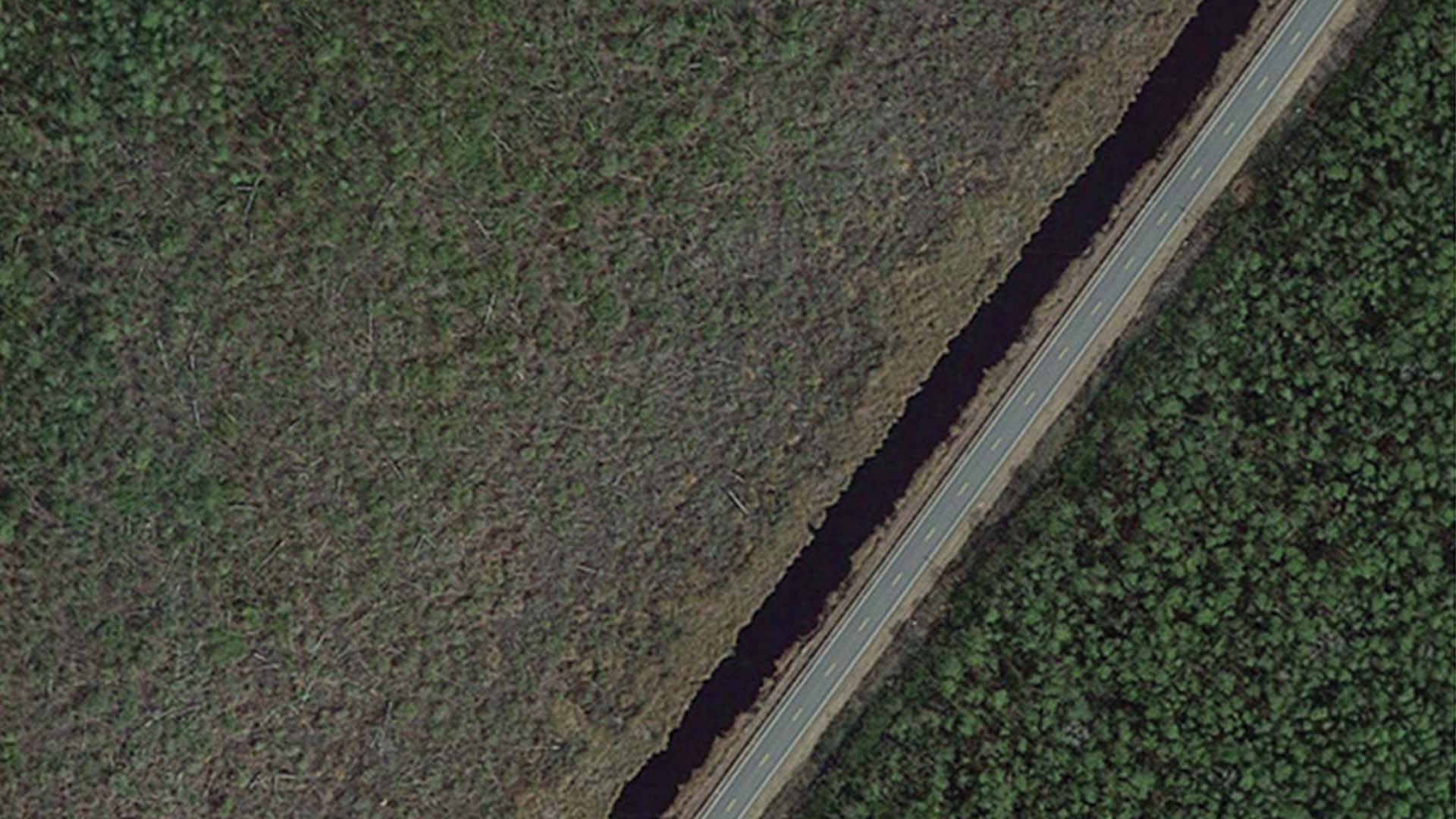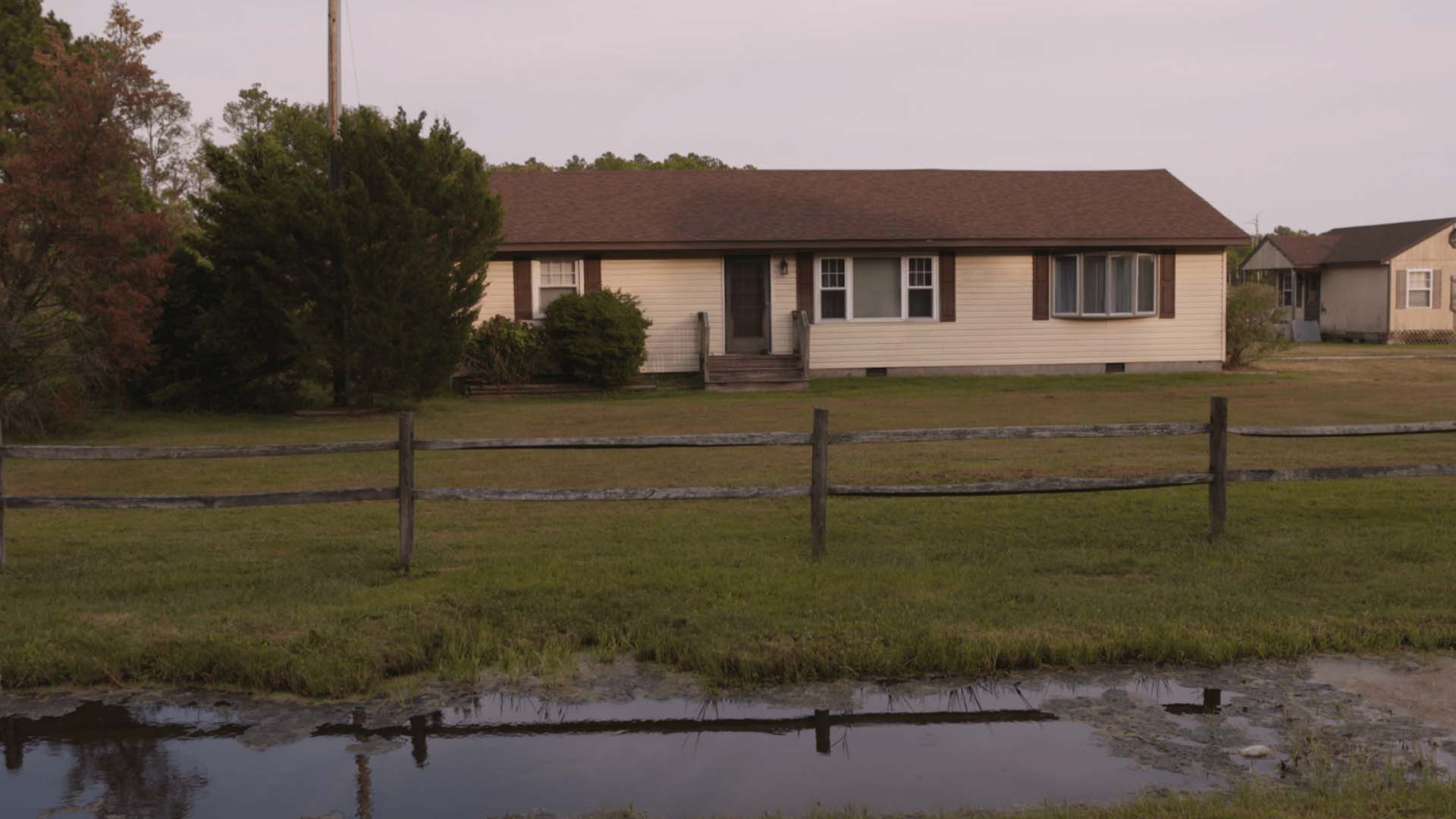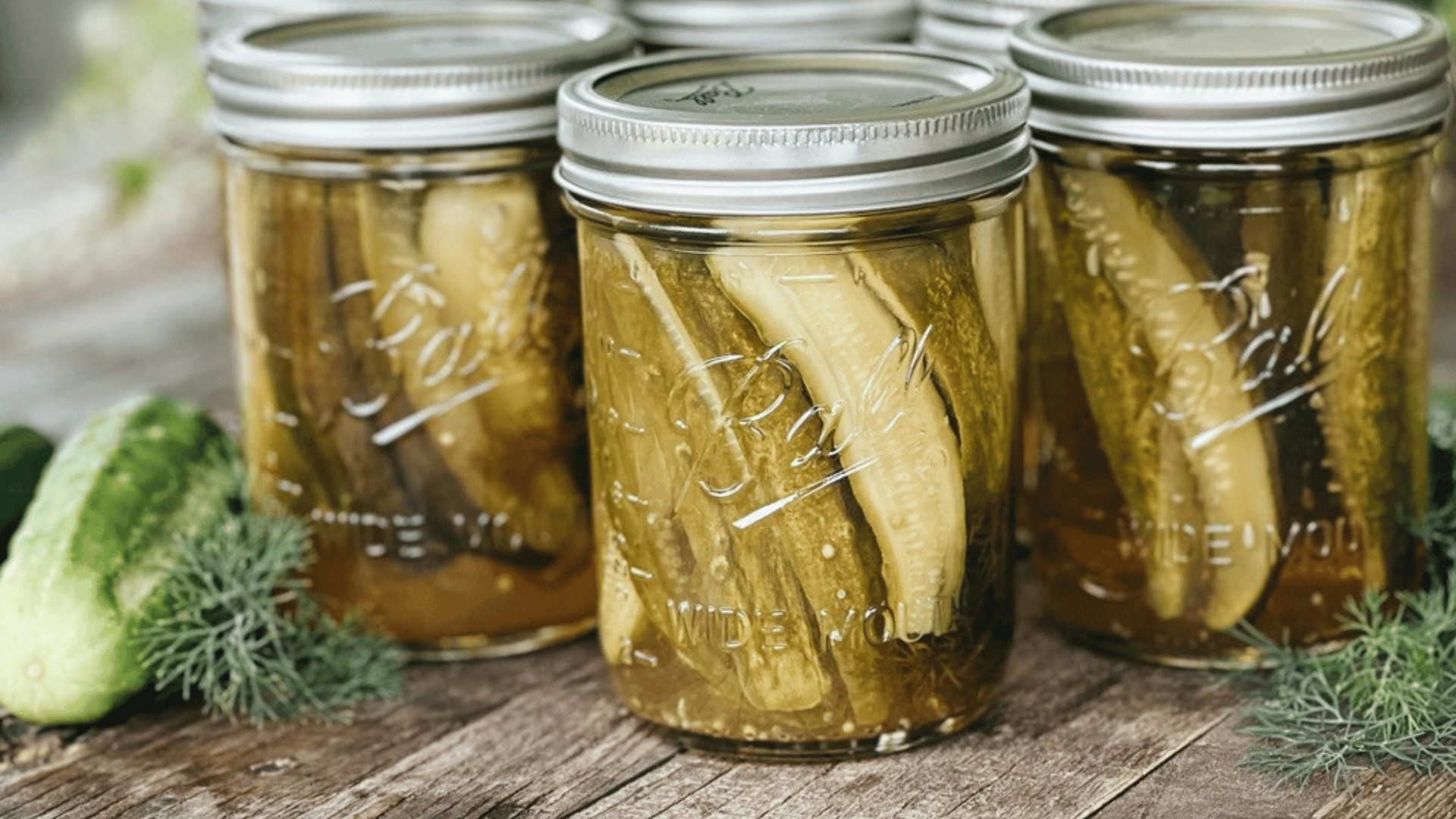Even though there aren’t any actual ghosts, ghost forests give off a similar eerie feeling. A ghost forest is the dried-up remains of a once-thriving and green woodland.
How and where do ghost forests happen?
As sea levels rise worldwide, more saltwater comes onto land and overtakes the freshwater that trees rely on for sustenance. This salty water slowly poisons the living trees, creating a forest of dead and dying timber. The water also leaves the soil unhealthy and uninhabitable for new growth. The remaining trunks can last decades in this barren state.
Ghost forests are predominantly found on the mid-Atlantic and southern New England coast, corresponding to where sea levels have been rising. This is a global issue as well, with ghost forests appearing in Brazil, Ukraine, and Mozambique.

Photo Credit: Intelligent Living
Why are sea levels rising?
As the glaciers and ice sheets melt worldwide, the ocean gets more water. Additionally, the volume of the ocean expands as the water warms, raising the sea level. The oceans absorb more than 90 percent of the increased atmospheric heat associated with emissions from human activity, further adding to the issue.
After 2,000 years of little change, global sea levels rose throughout the 20th century, and the rate has accelerated in recent years. The average global sea level rose at an average rate of 0.06 inches per year from 1880 to 2013. However, since 1993, the average sea level has risen at a rate of 0.12 to 0.14 inches per year—twice as fast as the long-term trend. Some scientists project sea levels to continue to rise for many centuries at higher rates than now.
Extreme weather events like hurricanes and droughts further affect sea levels to rise and ghost forests to form. For example, Hurricanes like Hurricane Ida bring storm surges that drive saltwater inland. Droughts mean that less rain washes out the salt that enters the ecosystem, worsening the effects of a rising sea level.
What are the effects of ghost forests?
Ghost forests are a bad omen for what is to come in the future. Oftentimes the forests are the first line of defense on the coast. For example, in New Jersey, the Atlantic white forests protect the coast with thick swamps and freshwater wetlands. Once the saltwater kills all of the trees, it will then move on to harm farm fields, peoples’ homes, drinking water, and businesses. This outcome has already occurred in Maryland’s Blackwater National Refuge. As a result of the rising saltwater, there are many abandoned houses, deserted buildings, and lost farmland.

Photo Credit: Time
Coastal woodlands also filter pollutants and sequester and store carbon aboveground and in the soils. As coastal forests die out, some of the aboveground carbon will be released into the atmosphere, and the poisoning of these forests will further worsen climate change. Additionally, the loss of forest results in a further loss of the wildlife that lives there, including the endangered red wolf and red-cockaded woodpecker.
What can we do about ghost forests?
One solution to fixing this issue is to restore cedar species in environments that aren’t as immediately threatened by storm surges or rising sea levels.
For example, the New Jersey Audubon Society works with farmers and hunters private property to develop forest plans to manage the property for wildlife that needs to be moved. With this, they are trying to develop the biodiversity of the landscape, helping with the resilience of the forest. However, this will take some time. A healthy cedar forest takes decades to develop, and they have lost over 80 percent of the woodlands due to logging over the last two centuries.
Another solution is to build oyster reefs and ditch networks to slow down erosion and control water running upstream. These tactics add more saltwater tolerant vegetation to the area, making the root systems more sturdy. This is exactly what the Nature Conservancy is doing along the Outer Banks in North Carolina.
To discover more about innovations in forestry, stream Tomorrow World Today’s “Pipe Dreams” on SCIGo and Discovery GO!







